PFAS TESTING
Home / PFAS Testing
THERE ARE MANY TEST METHODS AVAILABLE FOR ANALYZING PFAS. WHICH ONE IS “BEST” DEPENDS ON YOUR PROJECT PARAMETERS AND GOALS.
Jump to Test Method:
AOF/EPA 1621
MATRICES: AQUEOUS
Compounds: Absorbable Organic Fluorine (AOF)
AOF/EPA 1621 measures adsorbable organic fluorine in non-potable water. Similar to other organofluorine-based methods, EPA 1621 utilizes CIC instrumentation. The EPA intends EPA 1621 to be utilized as a screening tool to assess organic fluorine concentrations in non-potable water, which often contains many PFAS compounds not detectable by targeted methods such as EPA 1633. The EPA Office of Water describes EPA 1621 as a “Screening Method for the Determination of Adsorbable Organic Fluorine (AOF) in Aqueous Matrices by Combustion Ion Chromatography (CIC).” Its reporting limit is in the single-digit parts-per-billion range. Pace® was chosen to perform the single-lab validation for EPA 1621.
ASTM D8421/ASTM D8535/EPA 8327
MATRICES: GROUND & SURFACE WATERS, WASTEWATER, LANDFILL LEACHATE, BIOSOLIDS, SOIL & SEDIMENT
Compounds: Up to 44
ASTM D8421 and D8535 are PFAS methods developed by the American Society for Testing and Materials (ASTM) to provide a quick, easy, and robust method for PFAS analyses in aqueous and solid matrices, respectively. ASTM D8421/D8535 utilizes Liquid Chromatography/Tandem Mass Spectrometry (LC/MS/MS), with optional uses of Isotope Dilution (ID) to minimize the impacts of sample matrix interference on quantification and thus improve data quality. Technically similar to EPA 8327, Pace® can cite either EPA 8327 or ASTM D8421/D8535.
ASTM D8421/D8535 and EPA 8327 offer several advantages over other methods. Turnaround time (TAT) is faster than other published methods that are more procedurally challenging. With optimized procedural requirements, ASTM D8421/D8535/EPA 8327 can also be delivered at a lower price point than other PFAS methods. Finally, ASTM D8421/EPA 8327 only requires 15 mL of water volume to be collected. This saves significant field collection time and shipping costs compared to other methods, such as EPA 1633, which require higher sample volumes.

Consumer and Industrial Products
MATRICES: FLUOROPOLYMERS, TEXTILES, FOOD CONTACT MATERIALS, AND MANY OTHER CONSUMER AND INDUSTRIAL PRODUCTS
Compounds: Up to 33
PFAS is often an ingredient in fluoropolymers and other materials used for packaging and in many commercial and industrial applications. It is also a concern in the container industry and chemical formulation. Pace® has developed a procedure capable of analyzing for 33 common PFAS compounds in consumer and industrial products to support our clients’ efforts to monitor production and manufacturing operations to control the spread of PFAS and comply with the rapidly evolving domestic and International PFAS bans.
DOD QSM 5.4 (TABLE B-15)
MATRICES: GROUND & SURFACE WATERS, WASTEWATER, LEACHATE, WASTEWATER SLUDGE & BIOSOLIDS, SOIL & OTHER SOLIDS, BIOTA, AFFF
Compounds: Up to 25
The DOD QSM (Quality Systems Manual) is not a test method per se. Instead, it is a set of quality control requirements to be used for DOD projects and other state requirements that require DOD QSM compliance.
QSM v5.3 Table B-15 lists the specific requirements for analyzing PFAS in matrices other than drinking water. QSM v5.4 was published in late 2021, adding Table B-24 to include quality control requirements for EPA Draft Method 1633 for DOD projects. Both QSM v5.3 and v5.4 are currently valid, but it’s anticipated that these versions will be superseded by QSM v6.0 when it is finalized.

EPA 1633
MATRICES: WASTEWATER, SURFACE WATER, GROUNDWATER, SOILS, BIOSOLIDS, BIOLOGICAL TISSUES, LANDFILL LEACHATE, AND SEDIMENT
Compounds: Up to 40
Method 1633 closely resembles PFAS by Isotope Dilution/”537M” SOPs and can quantitate 40 compounds across a wide range of solid and aqueous matrices. EPA 1633 will replace all laboratory-specific SOPs over time. EPA 1633 will also play a vital role in the EPA’s efforts to study, monitor, and regulate PFAS in nearly all matrices and regulatory programs except drinking water. Pace® participated in the multi-lab validation of this method. This method will be adopted into SW-846 for the RCRA program and will soon be promulgated in 40 CFR Part 136.
EPA 537.1
MATRIX: DRINKING WATER
Compounds: Up to 18
An EPA validated method, EPA 537.1 was developed to replace EPA 537 and is commonly used for drinking water compliance. In addition to analyzing for the 14 compounds covered by the original EPA 537, EPA 537.1 also analyzes for four replacement PFAS: 1Cl-PF3OUdS, 9Cl-PF3ONS, ADONA, and HFPO-DA (also known as Gen X).


EPA 533
MATRIX: DRINKING WATER
Compounds: Up to 25
EPA 533 expanded the number of PFAS compounds that can be analyzed in drinking water samples. Unlike the 537 series, this method utilizes isotope dilution, providing additional quality control for accuracy of reporting, especially at ppt (parts per trillion) levels. EPA 533 does not replace EPA 537.1, but together, the tests can be used to analyze for 29 PFAS compounds. EPA 533 is also commonly used for drinking water compliance, and both EPA 533 and EPA 537.1 are required for UCMR 5 compliance.
PACE® IS AN APPROVED UCMR 5 TESTING LABORATORY. YOU CAN LEARN MORE ABOUT THE PROGRAM AND OUR SERVICES ON OUR UCMR 5 PROGRAM PAGE.
PFAS by Isotope Dilution
MATRICES: GROUND & SURFACE WATERS, WASTEWATER, LANDFILL LEACHATE, WASTEWATER SLUDGE & BIOSOLIDS, SOIL & OTHER SOLIDS, BIOTA, AFFF
Compounds: Up to 40
Like many commercial labs, Pace® developed and validated an isotope dilution method based on EPA 537 to apply for non-drinking water matrices such as non-potable water, solids, biota, and biosolids. Able to quantitate 40 PFAS compounds, this method is widely applicable to both DOD and commercial/industrial applications. Furthermore, Pace® has been audited and certified to the accreditation standards of DOD, TNI NELAC, and state accreditation bodies for this method.
TOP Assay
MATRICES: AQUEOUS AND SOLIDS
Compounds: Up To 40, Including PFAS Precursors
PFAS precursors, both known and unknown, are a class of PFAS compounds that can degrade to terminal PFAS compounds (i.e., perfluoroalkyl substances) under the right environmental circumstances. TOP Assay oxidizes PFAS precursors, most of which are compounds not currently measured by targeted techniques, converting them into their terminal PFAS compounds that can then be measured. The increase in PFAS measured after the TOP Assay oxidation relative to pre-oxidation levels is a gross estimate of the total concentration of PFAS precursors present in a sample. PFAS analysis by TOP Assay is particularly useful in forensic studies designed to identify the source of elevated PFAS levels in all matrices. TOP Assay is commonly used on complex sample matrices such as landfill leachate, wastewater, biosolids, and AFFF.
Total Fluorine
MATRICES: SOLIDS
Compounds: Total Fluorine
Two tests are commonly used for analyzing total fluorine in a wide range of solids, such as cosmetics, personal care products, textiles, etc. Cryomilling combined with CIC provides a complete profile of organic and inorganic fluorine content in a sample. Pace® has also partnered with the University of Notre Dame, to offer PIGE (Particle-Induced Gamma-Ray Emission).
Total Organic Fluorine (TOF)
MATRICES: AQUEOUS
Compounds: Total Organic Fluorine
Total organic fluorine in a liquid sample can also be measured without extraction to a carbon media, eliminating extraction efficiency concerns. The technology used for this method is combustion-ion chromatography (CIC) using a novel system where both the inorganic fluoride and total fluorine can be quantitated. A low volume test, this method only requires 10 mL of liquid matrix.
REASONS TO CHOOSE PACE®

EXPERIENCED
Pace® has been an industry leader in persistent organic pollutant testing for over three decades.
CERTIFIED
We’re certified/accredited by NELAC, ISO, DOD, DOE, and in every state with a PFAS lab certification program.

RELIABLE
For emergencies, our Rapid Response Team can provide defensible results in as little as 24 hours.

COMMITTED
We are committed to helping our customers advance their important work through building strong relationships, delivering upon expectations, and providing exceptional customer service.

ADVANCED
We can test for PFAS in both solid and aqueous matrices, including potable and non-potable waters, soils, and biota.

INNOVATIVE
We’re on the leading edge of science, working with EPA, DOD, ASTM, and others to develop new methods for analyzing PFAS.




